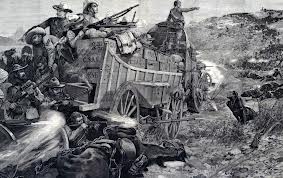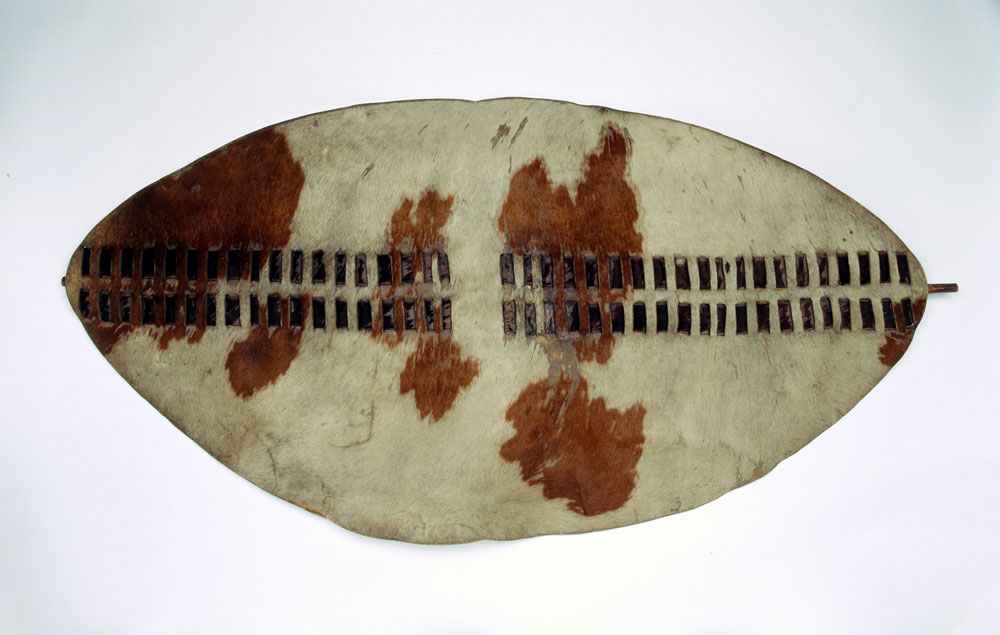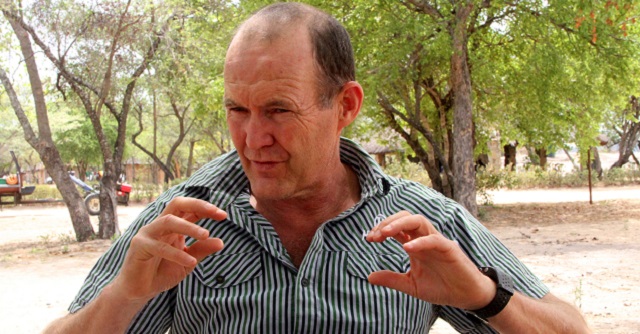
The Sunday News

Pathisa Nyathi
THE impact of the knowledge of procreation on mankind led to the symbolism of a matriarchal, matrilineal, mother-goddess-dominated society being replaced by one that was patriarchal, patrilineal and one in which the father-god was dominant. The tree of knowledge referred to in Genesis is apparently related to this advance. Both the tree and the snake are phallic symbols.
It is posited that the first people to recognise the purpose of a male in breeding were the early Aryans. The knowledge then spread to the people in the Mediterranean Sea, the Semites and others. The knowledge of paternity slowly filtered into other peoples of the world. This new knowledge translated into phallic symbology. Both architecture and religion embraced the new ideas as males replaced females as the dominant sex.
For example, the architectural expression of the new idea got embraced through the tall towers in Hindu temples, the ziggurat of the Babylonians, towers in mosques and standing stones in some ancient megalithic structures. Ethiopia is replete with these standing stones referred to as stelea. You might have seen the stone stelea stones on top of the walls particularly over the Acropolis at Great Zimbabwe. R Gayre of Gayre argues that even the prominent conical tower is a phallic symbol, so is the pedestal on which the Zimbabwe bird is perched.
The essence of the argument is that once the male’s role in procreation was recognised his penis found expression in figurines (many such figurines depicting circumcised penises were retrieved from Great Zimbabwe), drawings of males with erect penises. The rock art of the San immediately comes to mind. The residents of Vanuatu in the Pacific Ocean are depicted with “erect” penis sheaths. The most prominent expressions were carried by buildings especially those with a religious significance such as temples and mosques.
What all this points to is the preoccupation of humankind with fertility. The human species devoted time and energy to ensure the perpetuation of its own kind, that is, the attainment of continuity, both at the terrestrial and the comic realms. The proliferation of motifs bearing male phallicism was an expression of the rise to prominence of the male component of the human species. The new reality obtaining at the human level was reflected also at the spiritual level where the gods acquired prominence over the goddesses.
However, in some communities and societies the male-right and female-right concepts coexisted. In any case, there was a biological realisation that it takes both male and female to assure procreation. Assuming that the conical tower at Great Zimbabwe is a phallic structure, one would therefore expect its sexual counterpart. Apparently, there is one in the form of 64 chevron motifs which are a representation of the female concept. Interestingly, the chevron design covers only about a quarter of the circumference of the Royal Enclosure. The part that is so covered is where the Conical Tower is located inside the Royal Enclosure.
In Black Africa the female-right idea seems to have held sway. The woman was recognised as playing a bigger role in procreation. The development of the chevron motif itself seems to have been informed by this very recognition. As a result, some societies were matrilineal even though they were patriarchal. Today we still have here in Zimbabwe, Malawi, Mozambique and Zambia matrilineal societies. The Tonga stand out as one such group in contrast to the patriarchal and partrilineal Ndebele, Shona, Kalanga, Sotho, Xhosa, Nambya, Venda and Shangani societies, among others.
This serves as an introduction to the Tonga as we revisit them with a view to understanding matrilineal succession within their communities. We are also interested in that component of their history that we have not covered before in this 22-year-old column. Further, we are interested in the story of King Lobengula as known by the Tonga towards whose lands he fled under pursuit by the settler force led by Major Patrick Forbes. For this we shall draw on the interview we did with George Nyathi the reigning Chief Pashu.
Let us deal with King Lobengula first. For that, we reproduce his praises as presented on Facebook by Dr Tom Matshakayile:
Ngwalongwalo kaMatshobana!
Watshonaphi Mzac’omnyama
Otshay’izinkomo lamadoda.
Nkub’ enkulu yamahlathi,
Eth’ ezinye zitshiy’ umzila,
Yona ingatshiyi lasonjwana.
Silwane samahlathi!
Ezinye ziyathungatheka,
Kanti lesi sakwaKhumalo
Sadabula singatshiyi mkhondo.
Amadoda wonke amangele,
Kwaze kwamangala lezinja ezimhlophe
Ukuthi watshonaphi, Khumalo.
Ngangelizwe uyindab’ enkulu!
Wal’ ukuthunjwa yizizwe
Wakheth’ ukuf’ ukhulekile
Ithuna lakho liyakwaziwa ngokhokho kuphela
Ngangezwe!
Essentially, the poem is about the unknown fate of King Lobengula. This came about following the imperial machinations of Cecil John Rhodes when his ilk sent the Ndebele king packing. On 3 December 1893 Major Allan Wilson and his party got close to where the king spent the night. The monarch was heavily guarded by his soldiers who were aware that the enemy was lying in wait to pounce at first light.
The pursuing party was outmanoeuvred. The Ndebele, under the command of Mtshane Khumalo of the Imbizo regiment got up earlier than Major Wilson’s party and launched a spirited attack. The Ndebele were at that time using both spears and guns, especially the Martini Henry rifles. White accounts of the battle at Pupu say there was no survivor among the whites. However, oral sources say there was one Johane who managed to escape or was probably allowed to escape in order that he could tell his relatives about the total routing of the Wilson party.
The following year James Dawson went to Pupu and in honour of the white dead inscribed a cross on the trunk of a mopane tree. The tree trunk is displayed at the Natural History Museum in Bulawayo. Later Rhodes instructed that their remains be interred at Great Zimbabwe, within the Royal Enclosure. Finally, their remains, once again on Rhodes’ instructions, were exhumed and interred on Malindandzimu Hill in Matobo where the Allan Wilson Memorial stands today. The ensuing security situation did not allow the surviving Ndebele to bury their war dead.
Next week we shall narrate the story of what the various sources claim to be the fate of King Lobengula. This we shall do before giving the alternative account of Chief Pashu whose area of jurisdiction covers the supposed grave of the king, now a national monument.




